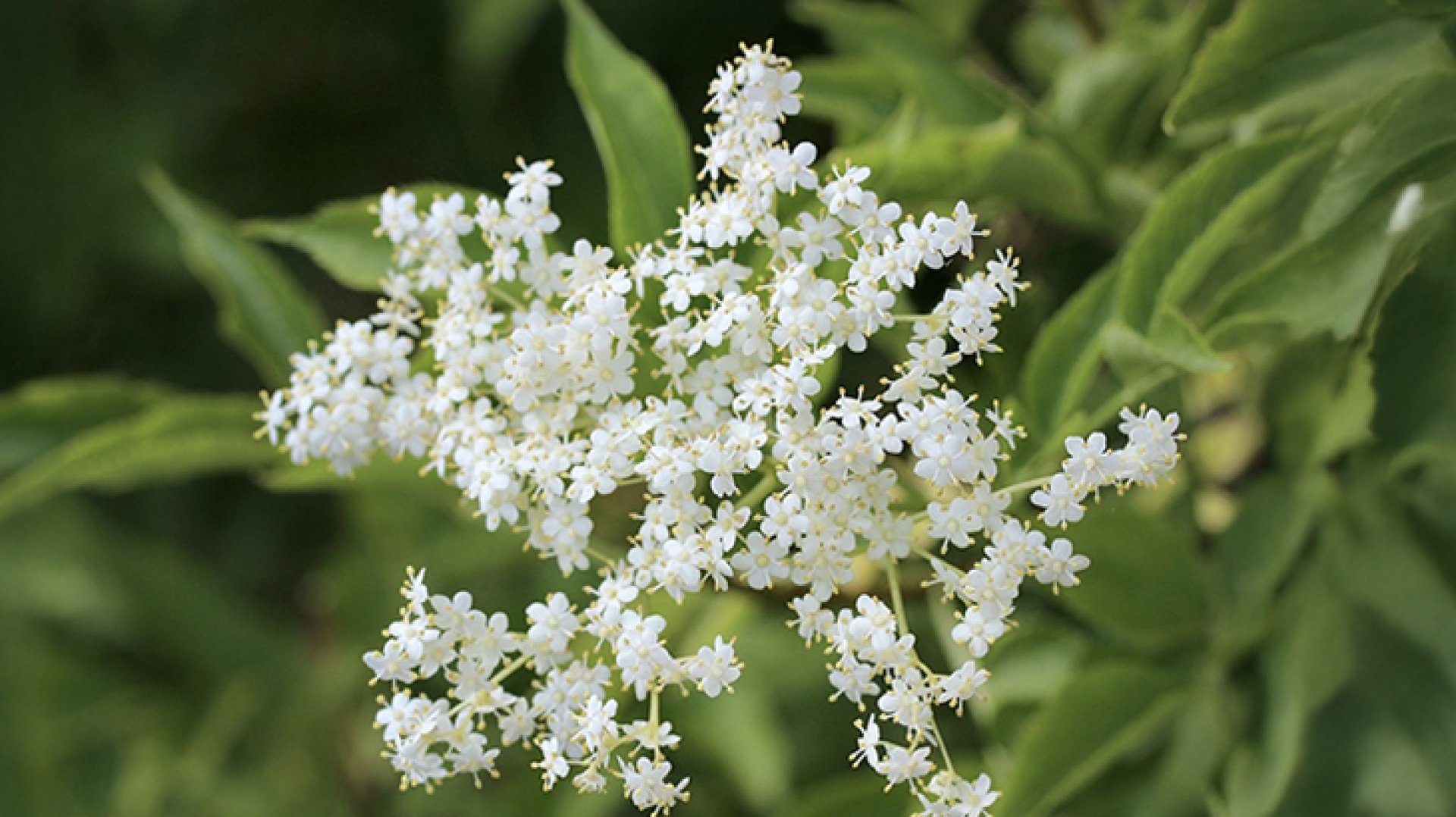Elderflower

Elderflower, a flower native to Europe, comes from the Elderberry tree. It features clusters of white blossoms with a delicate fragrance and a sweet-and-sour taste. It typically blooms from late May to early June and is popular for making herbal teas, jams, syrups, liqueurs, champagne, and tonics. Today, Rimping Supermarket invites you to discover this charming flower.
Legends and Culture: Queen of the Woods and Good Omens
Elderflower, scientifically known as Sambucus nigra, belongs to the Adoxaceae family and has ancient origins intertwined with European folklore. Legends say that folk tales believe the Elderberry tree is inhabited by spirits or supernatural beings, known as the Queen of the Woods or Elder Mother. Ancient Europeans believed this tree possessed powers to ward off evil spirits, so they commonly planted it near their homes.
Furthermore, the flowers and berries of the Elderberry tree are also popularly used in auspicious events, such as weddings and various festivals. It's believed that the sweet fragrance of Elderflower helps to repel evil spirits and bring good luck to households. Thus, the Elderberry tree became an essential part of cultural beliefs and practices.
Medicinal Properties: A Universal Remedy
Moreover, in the medical field, Elderflower has also been dubbed a versatile plant due to its wide range of beneficial properties. It is said that in ancient times, Romans often mixed it into wine to treat arthritis, combat viruses, alleviate allergies, coughs, flu, and laryngitis, earning it recognition as a panacea for various ailments. Additionally, it is renowned for its soothing properties on the skin, making it a popular ingredient in skincare products like creams, lotions, and toners.
Popularity in Food, Beverages, and a Symbol of Love (Middle Ages - Victorian Era)
During the Middle Ages, Elderflower gained increasing recognition in the culinary and beverage world. Europeans widely used it to make jams, desserts, syrups, liqueurs, teas, champagne, wines, and tonics, which were highly popular among the upper classes.
In the Victorian era, Elderflower became a symbol of love and romance. The flowers were often crafted into bridal bouquets for weddings, signifying purity and eternal love. Furthermore, perfumes and scented products with Elderflower fragrance became premium items among the upper class during this period.
Modern Applications: From Cocktails to Savory and Sweet Dishes
In recent years, Elderflower has seen a significant surge in popularity. Chefs and mixologists have begun incorporating it into many new dishes and beverages, such as the St-Germain Spritz, often used in cocktails like the Elderflower French 75. Chefs also commonly use it to enhance the aroma of cakes, jellies, and ice cream. In savory dishes, it's often paired with lamb, salmon, casseroles, and Gruyère cheese.


